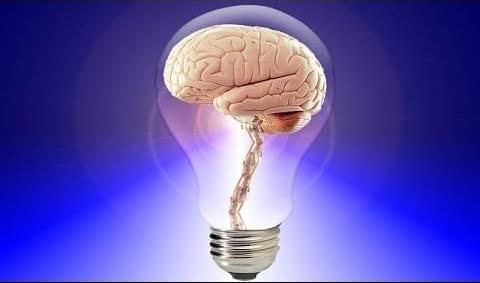Where does the mind end and the world begin? Is the mind locked inside its skull, sealed in with skin, or does it expand outward, merging with things and places and other minds that it thinks with? What if there are objects outside—a pen and paper, a phone—that serve the same function as parts of the brain, enabling it to calculate or remember?
In their famous 1998 paper “The Extended Mind,” philosophers Andy Clark and David J. Chalmers posed those questions and answered them provocatively: cognitive processes “ain’t all in the head.” The environment has an active role in driving cognition; cognition is sometimes made up of neural, bodily, and environmental processes.
From where he started in cognitive science in the early nineteen-eighties, taking an interest in A.I., professor Clark has moved quite far. “I was very much on the machine-functionalism side back in those days,” he says. “I thought that mind and intelligence were quite high-level abstract achievements where having the right low-level structures in place didn’t really matter.”
Each step he took, from symbolic A.I. to connectionism, from connectionism to embodied cognition, and now to predictive processing, took Clark farther away from the idea of cognition as a disembodied language and toward thinking of it as fundamentally shaped by the particular structure of its animal body, with its arms and its legs and its neuronal brain. He had come far enough that he had now to confront a question: If cognition was a deeply animal business, then how far could artificial intelligence go?
Clark knew that the roboticist Rodney Brooks had recently begun to question a core assumption of the whole A.I. project: that minds could be built of machines. Brooks speculated that one of the reasons A.I. systems and robots appeared to hit a ceiling at a certain level of complexity was that they were built of the wrong stuff—that maybe the fact that robots were not flesh made more of a difference than he’d realized.
Clark couldn’t decide what he thought about this. On the one hand, he was no longer a machine functionalist, exactly: he no longer believed that the mind was just a kind of software that could run on hardware of various sorts. On the other hand, he didn’t believe, and didn’t want to believe, that a mind could be constructed only out of soft biological tissue. He was too committed to the idea of the extended mind—to the prospect of brain-machine combinations, to the glorious cyborg future—to give it up. In a way, though, the structure of the brain itself had some of the qualities that attracted him to the extended-mind view in the first place: it was not one indivisible thing but millions of quasi-independent things, which worked seamlessly together while each had a kind of existence of its own.
